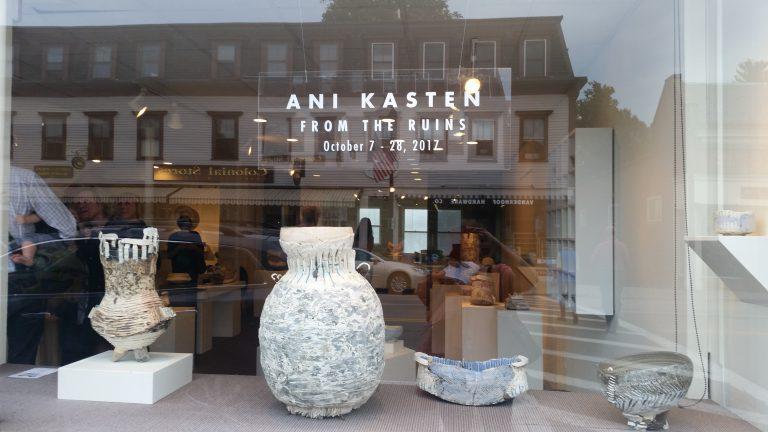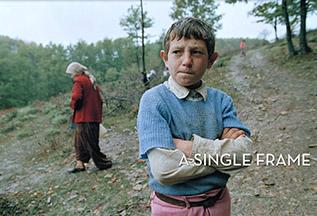Writer/photographer Anita Harris found Ani Kasten's ceramics show in Concord, MA, inspirational. Comprised mainly of vessels...
photographer
Writer/photographer Anita Harris says that "A Single Frame", shows that an artist never knows where a work...
Flagship Day for Massachusetts Life Science Innovation to address creativity in scientific organizations and companies, ...
The Whitney's 2014 Biennial has been excoriated by critics but Cambridge writer Anita Harris was guided through...
Photos by Cambridge author/photographer Anita Harris --who ran all the way around Fresh Pond for the first...




